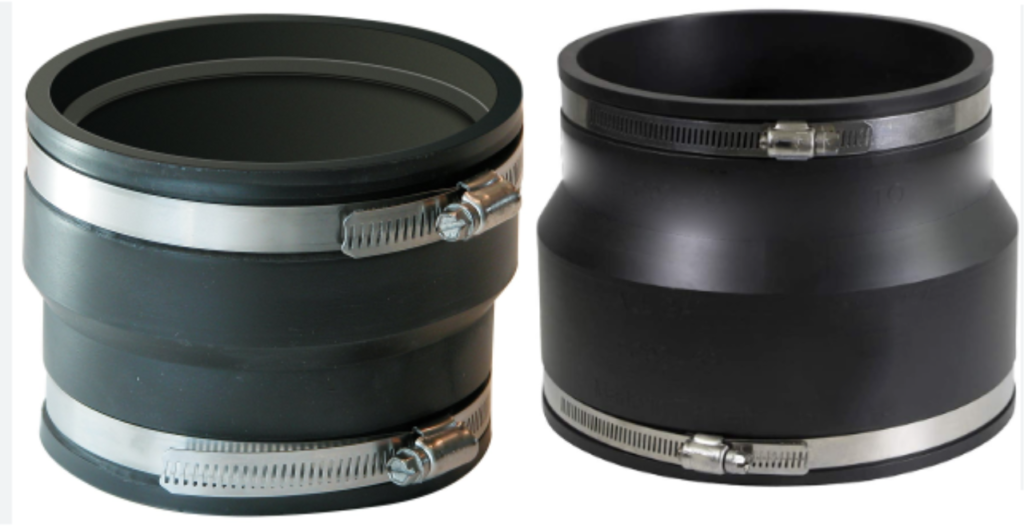SYSTEM COMPONENTS & ACCESSORIES
Flexible Fittings
Flexible fittings/connectors/expansion joints are components used in various piping systems to accommodate movement, vibration, thermal expansion & contraction.
They provide a flexible and durable connection between two fixed points in a pipeline while allowing for some degree of movement. Here’s an overview of flexible fittings, including their working process, advantages, disadvantages, applications, materials of construction (MOC), and a summary:
Working Process: Flexible fittings work by allowing controlled movement and flexibility within a piping system. They are typically installed at specific points in the system where movement, expansion, or vibration is expected. The working process can be summarized as follows:
Installation: Flexible fittings are installed at a predetermined location in the pipeline, usually between two rigid pipes or components.
Movement Accommodation: When the system undergoes changes like thermal expansion or contraction, mechanical vibrations, or settlement, the flexible fitting can flex, extend, or compress to absorb these movements.
Maintaining Integrity: While accommodating movement, the flexible fitting maintains the integrity of the pipeline by preventing leaks and ensuring a continuous flow path.

Advantages:
Movement Tolerance: Flexible fittings can accommodate axial, lateral, angular, and torsional movement, making them suitable for various applications where pipes are subject to displacement or vibration.
Reduced Stress: They reduce stress and strain on the connected piping and equipment, prolonging the life of these components.
Vibration Isolation: Flexible fittings help dampen and isolate vibrations, protecting downstream equipment and reducing noise.
Maintenance Reduction: They can minimize the need for maintenance and repairs by preventing damage caused by movement or thermal fluctuations.
Disadvantages:
Cost: Flexible fittings can be more expensive than rigid pipe connections, particularly in larger sizes or when specialized materials are required.
Complexity: Their installation and design may be more complex, requiring skilled personnel.
Maintenance: While they reduce maintenance in some cases, flexible fittings themselves may require periodic inspection and replacement over time.
Applications: Flexible fittings are used in various industries and applications, including:
- HVAC Systems: For accommodating thermal expansion and vibration in heating, ventilation, and air conditioning systems.
- Chemical and Petrochemical Industries: To handle corrosive fluids and accommodate movement in pipelines.
- Power Plants: For absorbing movement and vibration in steam and cooling water systems.
- Oil and Gas Industry: In offshore and onshore installations to handle movement and thermal expansion.
- Water and Wastewater Treatment: To accommodate ground settlement and movement in pipes.
Materials of Construction (MOC): The choice of materials for flexible fittings depends on the specific application and the materials being transported. Common materials of construction include:
- Rubber or Elastomers: Used in applications where chemical resistance and flexibility are required.
- Metal Alloys: Such as stainless steel, for applications involving high temperatures, pressure, or corrosive environments.
- Composite Materials: Combining the properties of both rubber and metal for specific applications.

Summary: Flexible fittings, also known as flexible connectors or expansion joints, are essential components in piping systems that allow for movement, vibration, and thermal expansion while maintaining the integrity of the system.
They offer advantages such as movement tolerance, stress reduction, vibration isolation, and reduced maintenance. However, they can be more expensive and complex to install than rigid pipe connections.
Flexible fittings find applications in a wide range of industries, and their choice of materials depends on the specific needs of the application.


 Sales & Marketing:
Sales & Marketing:  Service Supports:
Service Supports:  Website:
Website: 